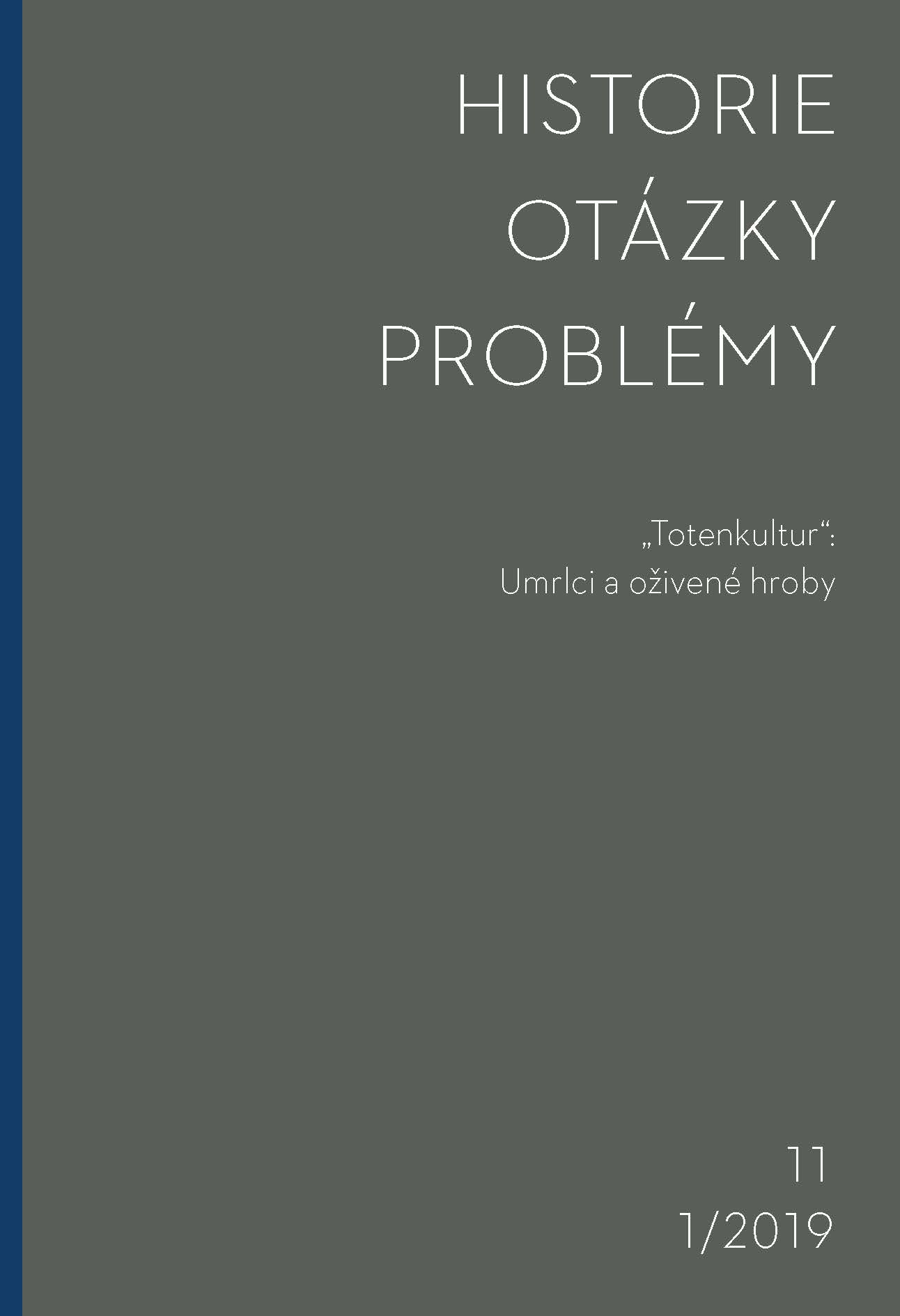Pojetí náhrobku v díle Jana Kotěry a jeho ohlasy u Bohuslava Fuchse a Josefa Gočára
Conception of the tombstone in the work of Jan Kotěra and his reception on the part of Bohuslav Fuchs and Josef Gočár
Author(s): Jakub SyneckýSubject(s): History, Cultural history
Published by: Univerzita Karlova v Praze - Filozofická fakulta, Vydavatelství
Keywords: sepulchral architecture; modern Czech architecture; tomb; tombstone; Jan Kotěra; Josef Gočár; Bohuslav Fuchs; Prague cemeteries; typologie of tombstone;
Summary/Abstract: The article deals with the creation of tombstones in the work of the leading protagonists of the modern Czech architecture, Jan Kotěra and Josef Gočár, accentuating the typological aspects. The 19th century codified an established typology of a tombstone design which the modernists do not deny, but take it as a point of departure, the basis for their updates and inventive variations. The basic themes are the stele, cross, portal gate, pylon or pillar, and am architecturally adjusted free-standing statue. The popularity of traditional tombs is declining in favour of large-scale tombstones. Kotěra first abandons the theme of the stele, soon returns to it, with the theme of the cross receding and emerging. In the period after the year 1912, Kotěra’s scepticism about Cubism manifests itself. Kotěra’s analytical approach to the task is a direct antipole of the impulsive and intuitive creation of Josef Gočár but it was this pupil of Kotěra who succeeded in synthesising the efforts of two generations of modernists.
Journal: Historie – Otázky – Problémy
- Issue Year: 11/2019
- Issue No: 1
- Page Range: 190-212
- Page Count: 23
- Language: Czech

